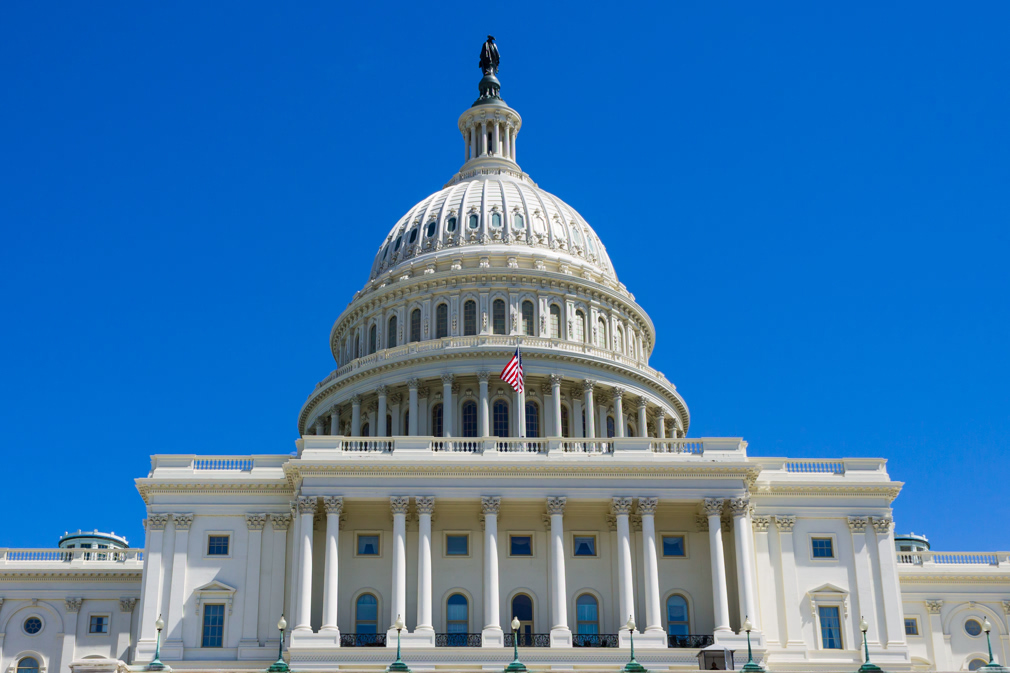A bipartisan septet of senators has called on the Financial Stability Oversight Council (FSOC) to provide temporary liquidity to mortgage servicers, arguing that the housing finance system would be imperiled if such action was not taken.
In a letter to U.S. Treasury Secretary Steve Mnuchin, who is also the FSOC chairman, the senators claimed the nonbank mortgage servicers that are responsible for servicing half of the $7 trillion market for agency mortgages will face near-future insolvency due to limited liquidity, and their failure would trigger a lethal domino effect across the housing and mortgage markets.
While homeowners experiencing pandemic-related financial hardship are eligible for up to six months’ forbearance under the Coronavirus Aid, Relief, and Economic Security (CARES) Act for government-guaranteed mortgages, the mortgage servicers will be stuck with the task of paying investors on behalf of borrowers.
“Given that we could see as much as $100 billion in mortgage payments forborne through this program, it presents an existential threat to these companies, and thus to the broader mortgage market,” the senators wrote. “To put this in perspective, according to Moody’s Analytics, last year servicers had total net profits of less than $10 billion.
“The institutions that normally provide servicers with their liquidity will be unwilling to provide this unprecedented level of support, at least at a rate that many servicers could possibly afford,” the senators continued. “This will leave many servicers with no way to cover the growing obligations.
“Since this liquidity need was created by the CARES Act’s entirely appropriate, but extraordinary, requirement to provide widespread forbearance, measures should be taken to ensure that the businesses required to execute on that commitment can survive to see it through.”
The senators added that while some nonbank lenders “may have adopted practices that made them particularly susceptible to constraints on their liquidity during a severe downturn, imposing a broad liquidity shock to the entire servicing sector is not the way to go about reform.”
They predicted that struggling nonbank mortgage servicers might be forced to jettison their mortgage servicing rights (MSRs), which would reduce the wider value of MSRs generally and dilute the value of assets with other nonbank lenders.
“At best, we are disabling a large swath of previously healthy lenders at the worst possible time,” the senators continued. “At worst, we may be risking a downward spiral. Moreover, when these nonbank lenders fail, regulators will be forced to find a home for their servicing at a time when there will be very few parties interested in absorbing these obligations.”
The senators also insisted that the Federal Housing Finance Agency (FHFA) and the government-sponsored enterprises “should ensure their policies mitigate, not increase, the liquidity demands facing servicers, consistent with the GSE’s mandate to serve all markets at all times.” Yesterday, FHFA Director Mark Calabria told HousingWire that his agency had no plans to create a federally backed liquidity facility for servicers to address the increase in forbearance due to the coronavirus.
The push for FSOC input was led by Sen. Mark R. Warner (D-VA) and joined by Sens. Tim Kaine (D-VA), Bob Menendez (D-NJ), Jerry Moran (R-KS), Mike Rounds (R-SD), Tim Scott (R-SC) and Thom Tillis (R-NC).







